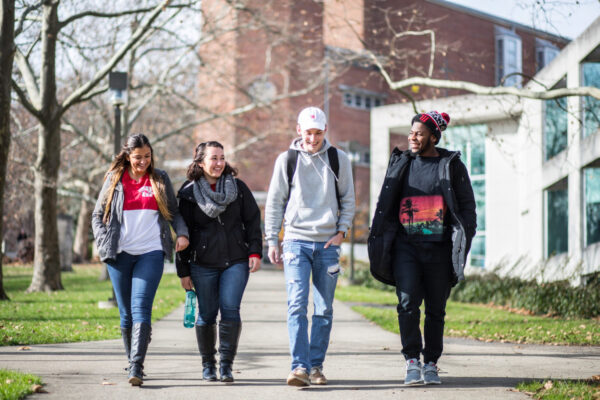New Brief Offers Recommendations for Revamping Student Loan Servicing to Better Assist Borrowers
Title: Getting it Right: Design Principles for Student Loan Servicing Reform
Authors: Rajeev Darolia, Associate Professor, University of Kentucky
Source: Third Way
As the May 2022 student loan repayment deadline approaches after the pause resulting from COVID-19, public discourse has focused on the impact that repayment may have on borrowers.
One component of this impact remains the call for student loan servicing reform. A new policy brief authored by Rajeev Darolia for Third Way discusses three major design principles that should be considered as a part of the ongoing conversation on possible reforms.
- Identify long-term goals and align short-term measures. Student loan services should prioritize borrowers’ long-term financial well-being and socioeconomic mobility in tandem with successful loan repayment. This could entail active engagement between the servicer and borrower, including training and programs to further develop financial literacy.
- Clarify the role of the servicer and simplify where and how borrowers get information. One of the main challenges with student loan servicers is a lack of information and assistance. Providing clarity by bringing together servicing practices under the umbrella of the servicer and providing access to advisors is necessary.
- Get the incentives right in contracts. As a part of contracts with student loan servicers, the report recommends including incentives for servicers to assist with “desirable actions” on behalf of borrowers, such as curtailing delinquency or meeting with a loan counselor.
The call for changes to the student loan system and revamping of student loan servicing is particularly important as students consider the perceived value of higher education, the author writes. Moving forward, the ability for servicers to provide additional resources and services to borrowers beyond repayment is an important issue to consider as a benefit to students considering loans to finance higher education.
To read the full brief, click here.
—Ben Cecil
If you have any questions or comments about this blog post, please contact us.


